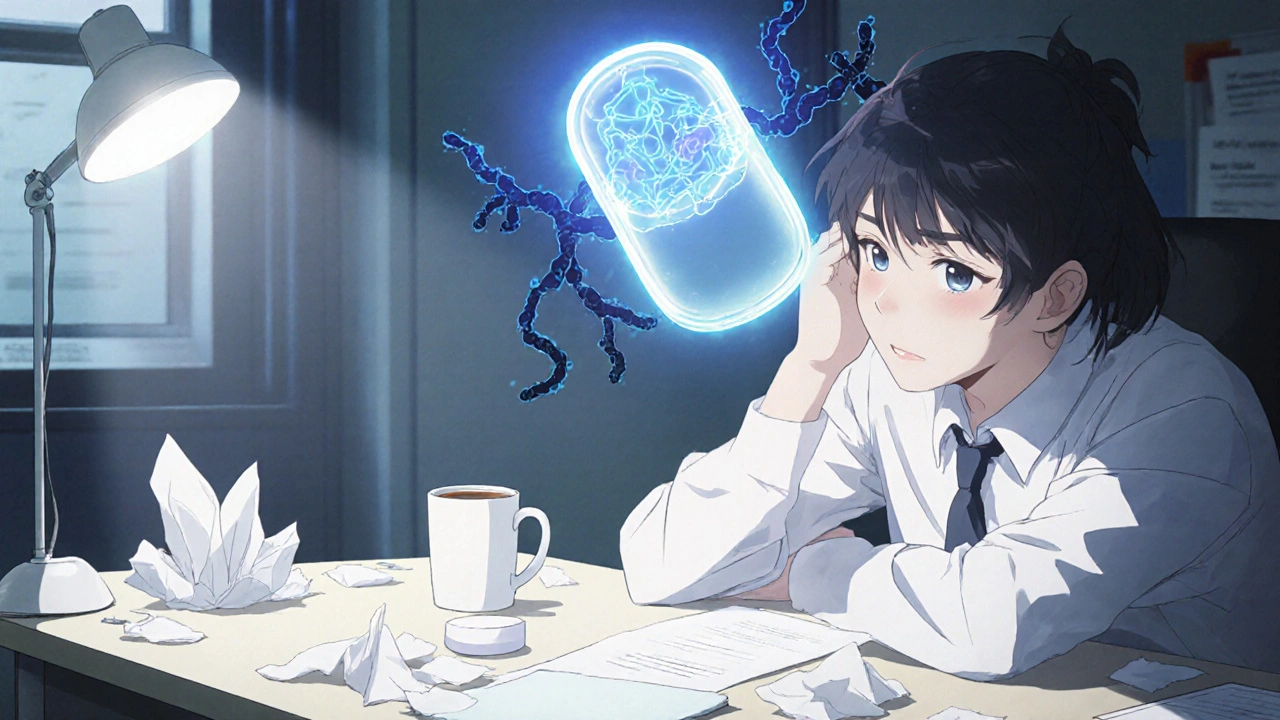Loratadine: What It Is, How It Works, and What You Need to Know
When your nose runs, your eyes itch, or you can’t stop sneezing, loratadine, a non-drowsy antihistamine that blocks the body’s allergic response. Also known as Claritin, it’s one of the most widely used allergy medications in the world. Unlike older antihistamines that made people sleepy, loratadine works without slowing you down—making it a go-to for daily use during pollen season, pet exposure, or indoor allergens.
Loratadine is the active ingredient in Claritin, but it’s also sold as a generic under dozens of brand names. The science is simple: it blocks histamine, the chemical your body releases when it thinks it’s under attack from dust, mold, or grass. No histamine means no sneezing, no runny nose, no itchy eyes. It doesn’t cure allergies, but it keeps them quiet. And because it’s not sedating, you can take it in the morning and still drive, work, or study without feeling foggy. Many people don’t realize that Clarinex, a prescription-strength version of loratadine with the active ingredient desloratadine, is actually a metabolite of loratadine—meaning your body turns loratadine into Clarinex naturally. That’s why Clarinex lasts longer and works a bit stronger for some people, but for most, plain loratadine does the job just fine.
It’s also one of the safest long-term allergy meds out there. Unlike decongestants that raise blood pressure or nasal sprays that cause rebound congestion, loratadine rarely causes serious side effects. The most common? A dry mouth or mild headache—nothing most people notice. It’s safe for kids over two, older adults, and even people with liver issues (as long as doses are adjusted). And because it’s been around for decades, we know exactly how it behaves in the body. You won’t find dramatic new studies about it—it’s not flashy. But that’s the point. It just works, consistently, day after day.
What you’ll find below are real, practical insights from people who’ve used loratadine—and the drugs like it—to manage allergies for years. Some switched from Clarinex to generic loratadine and saved hundreds. Others learned how to time it for peak pollen days. A few discovered it doesn’t help their sinus pressure, which meant they needed something else entirely. These aren’t theoretical guides. These are stories from people who’ve tried it, tested it, and figured out what works in real life.
Second-Generation Antihistamines: Safer, Non-Drowsy Options for Allergy Relief
Second-generation antihistamines like loratadine, cetirizine, and fexofenadine offer effective allergy relief without the drowsiness of older drugs. Learn how they work, which one suits you best, and what they can’t do.

